HC Conservancy - September 2014
/I took a walk around the Howard County Conservancy’s Mt. Pleasant farm before a volunteer naturalist training session last week. The walk around the meadow started out cloudy and the temperature was near perfect. I took a picture of the dogwood just beginning to turn to fall colors along the drive to the farm house as I walked from the parking lot.
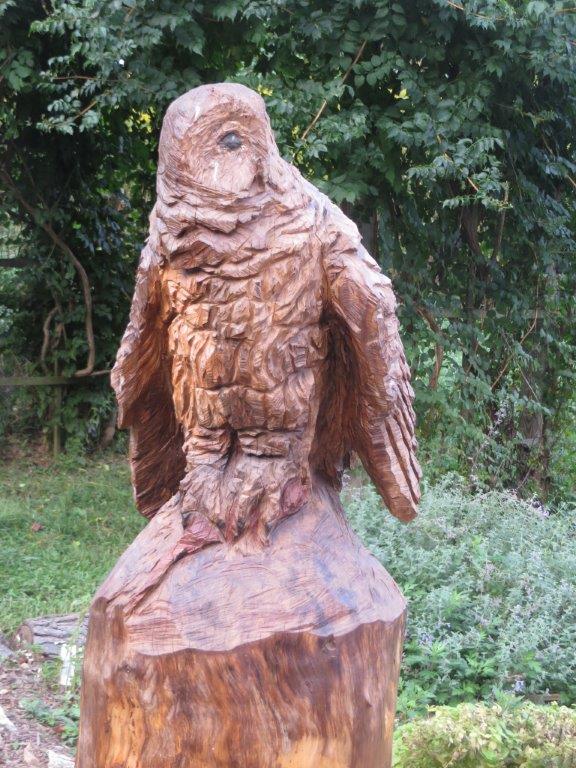
The sculpture of the owl in the natural play area for children is taking on a darker patina as is weathers.
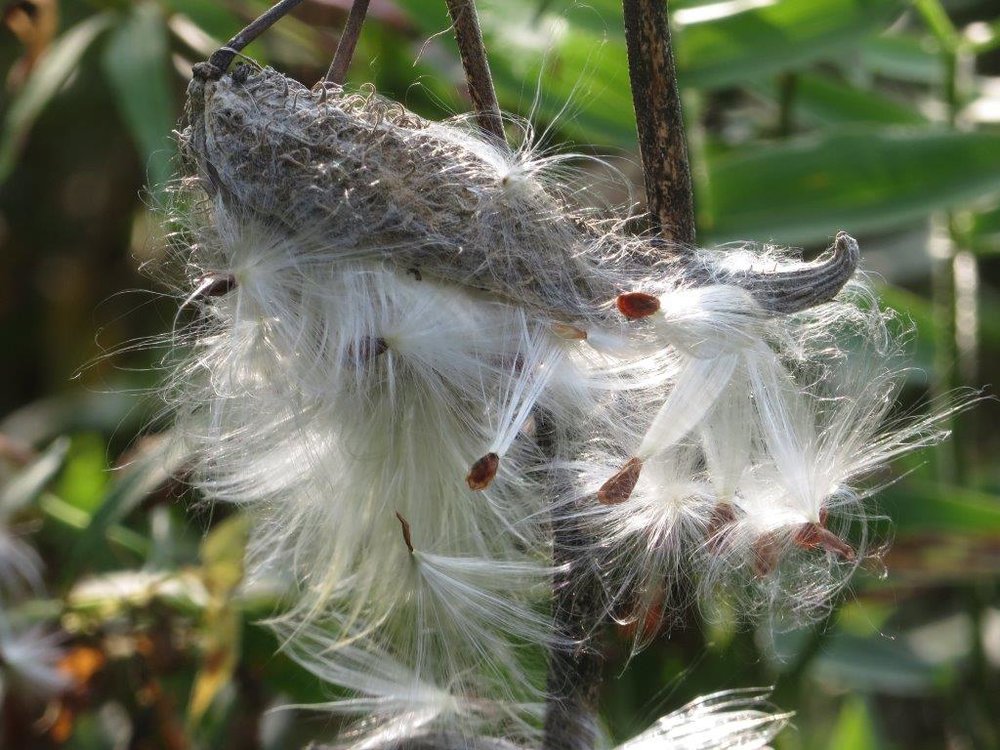
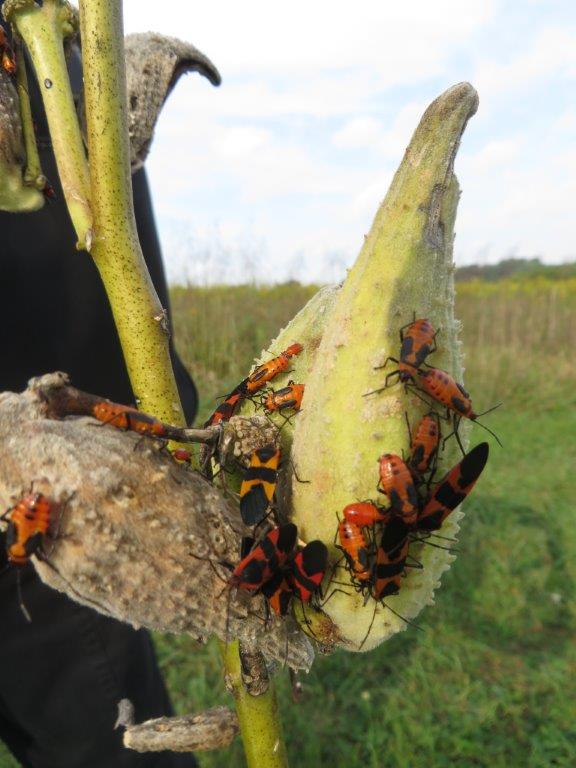
I took lots of milkweed pictures; the pods are maturing and beginning to split…and lots of milkweed bugs.
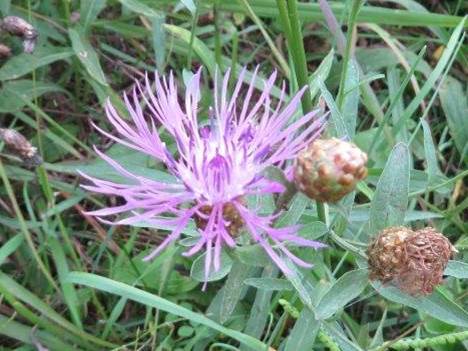
The meadow has some fall blooms. Purple is a popular color (thistles and ironweeds and poke weed)
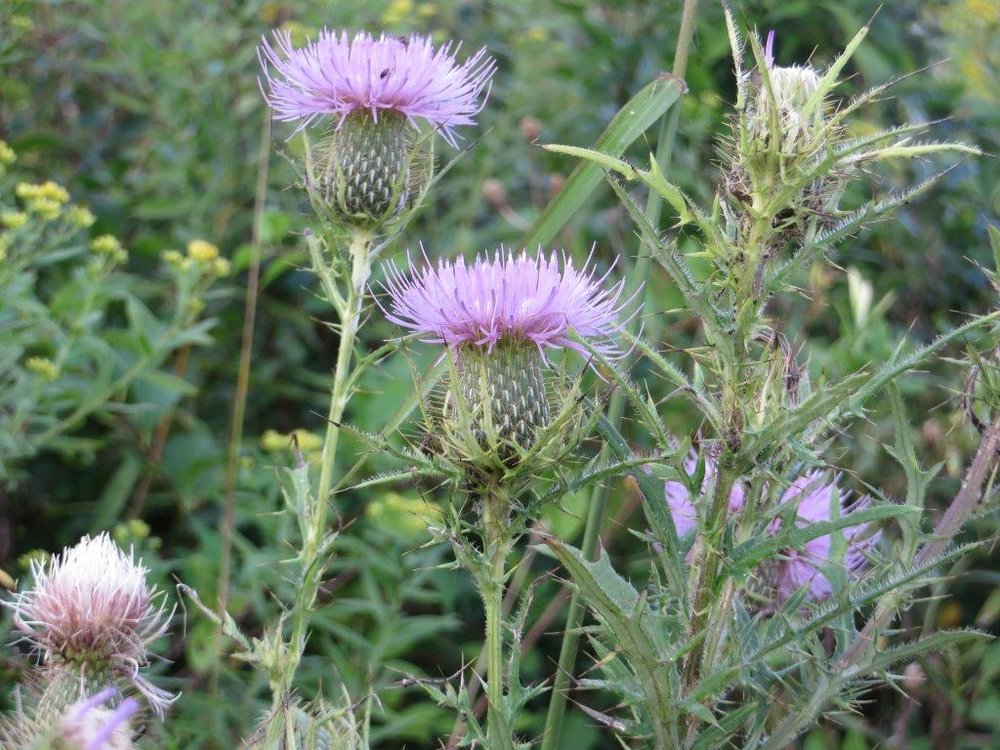
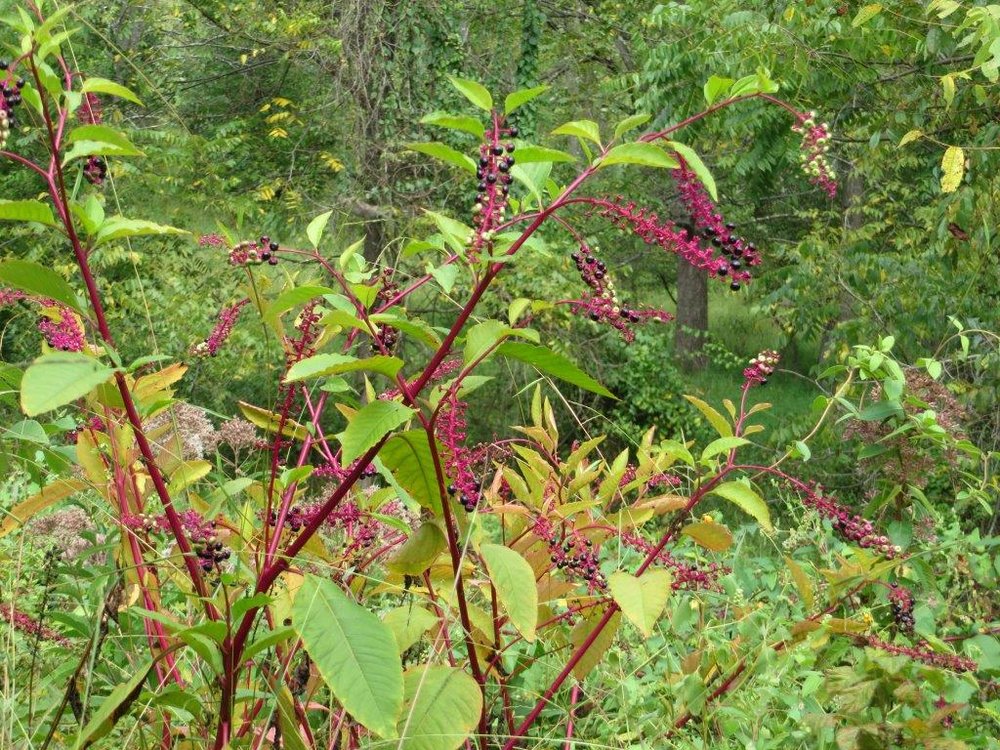
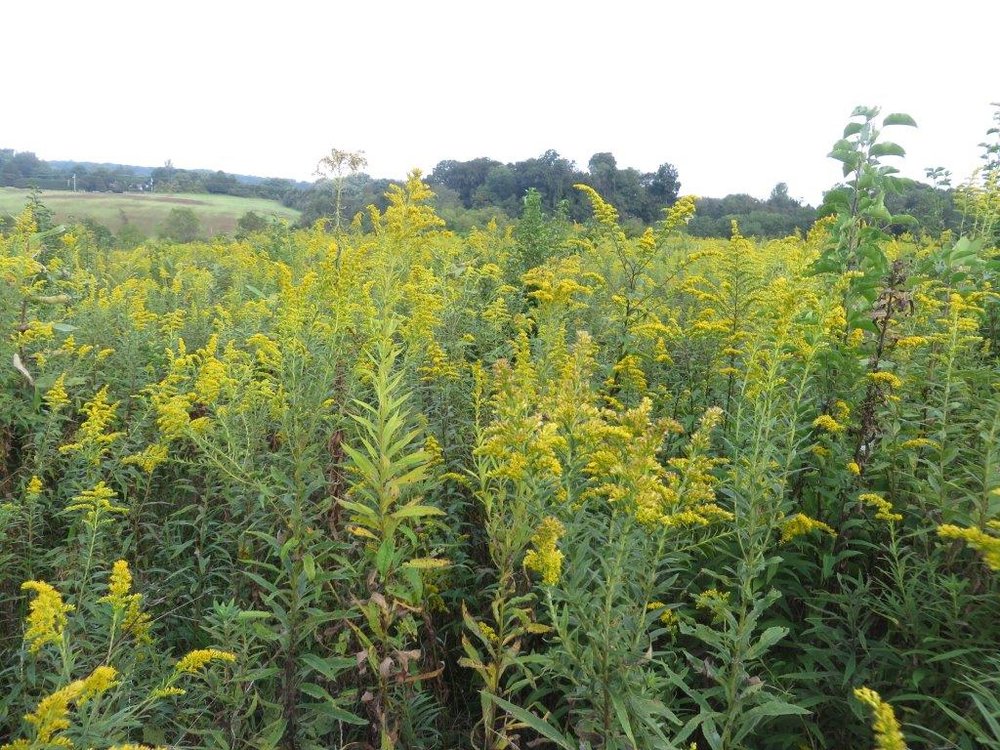
But yellow of goldenrods are overwhelming.
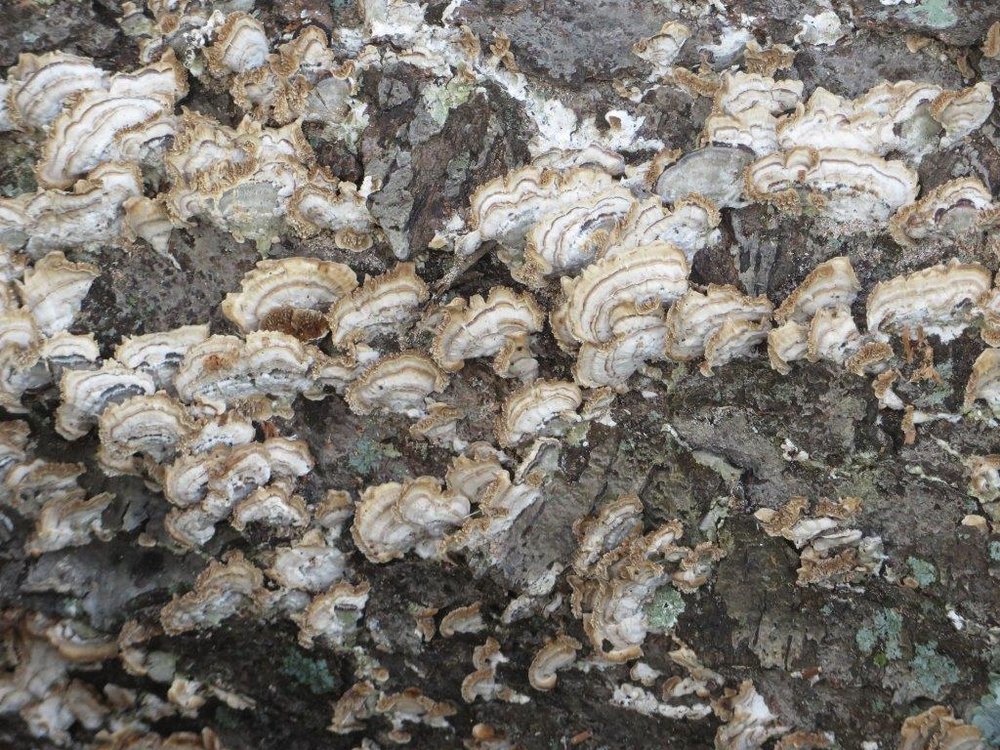
There was a cut up tree trunk along the stone fence that had quite an assortment of shelf fungus.
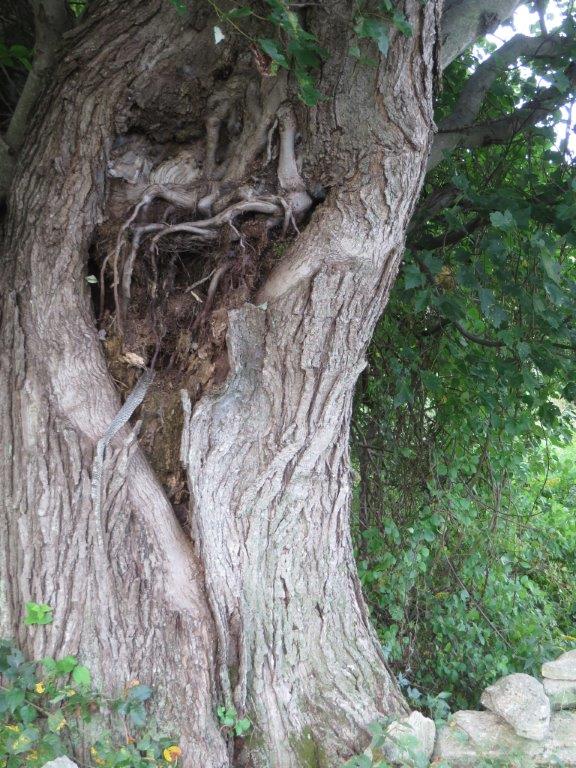

Along that same stone fence were two snake skins - one hanging from a tree that seemed to be growing roots into its own trunk and another along a tree branch.
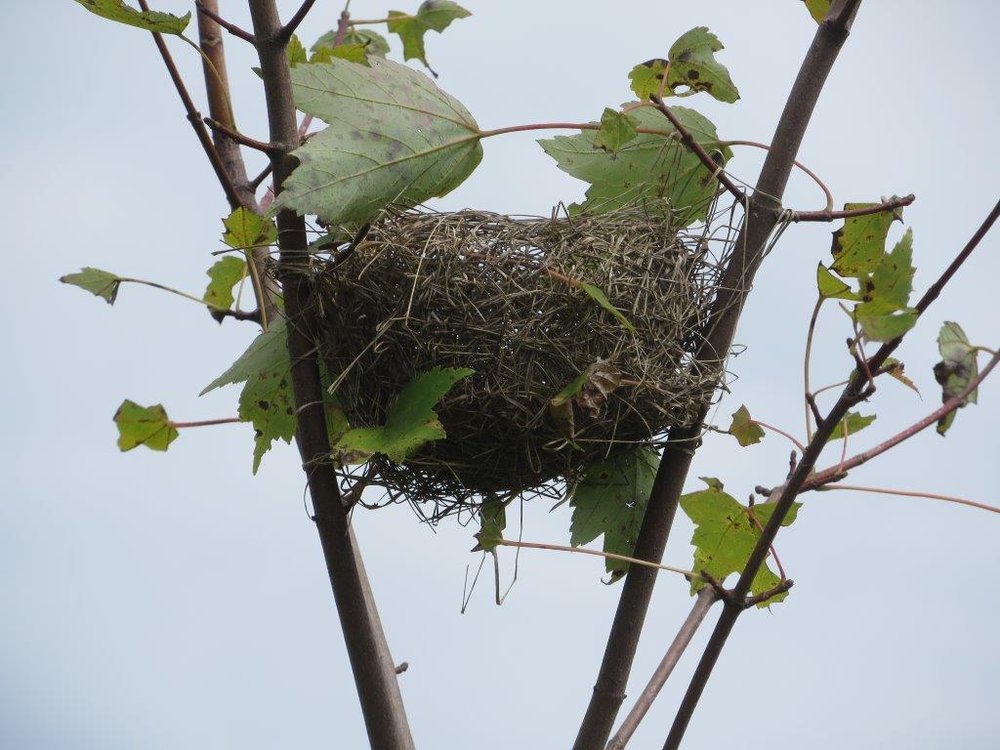
A tidy nest was visible in the very young tree - probably fresh from this summer but now abandoned.
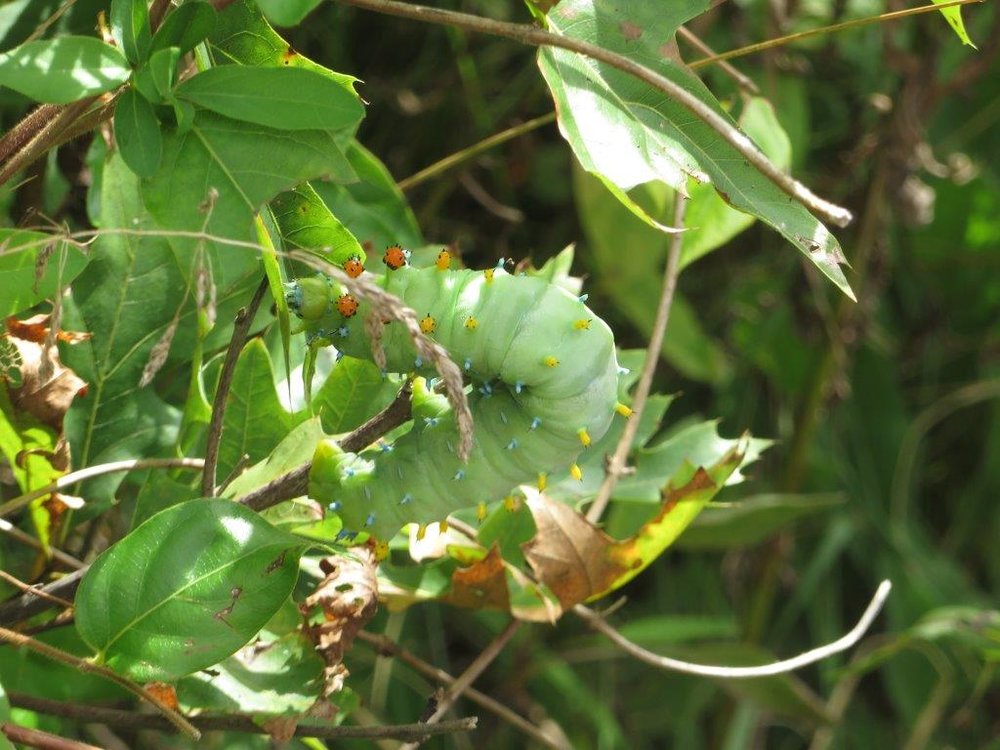
And last but not least - a huge caterpillar of a cecropia moth! I’m glad one of my fellow hikers spotted it!




























